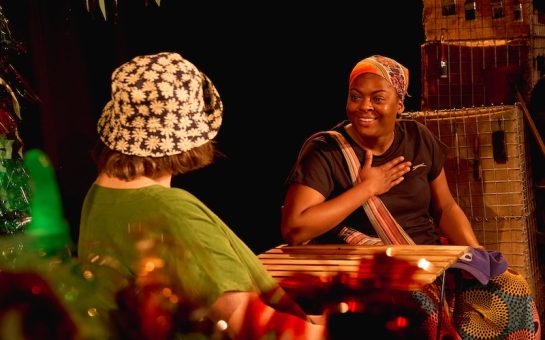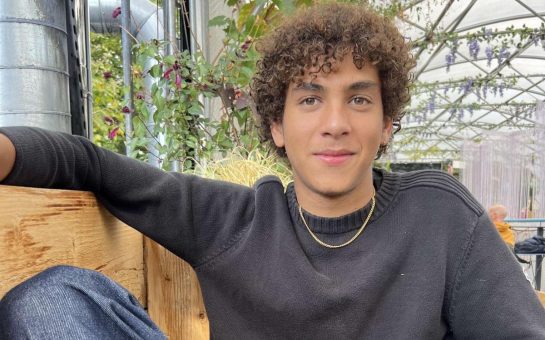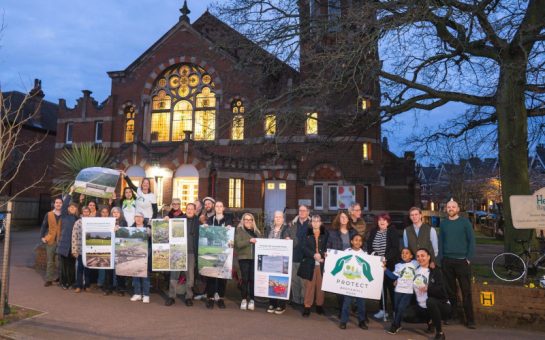Lambeth Council today hosted its first engagement event as part of an ongoing review into sites with historic links to the slave trade in the area.
A report supported by Lambeth Archives found 23 sites across the borough with connections to the trans-Atlantic slave trade including roads, monuments, and electoral ward names.
Author and former Lambeth archivist Sue McKenzie argues that although this is a potentially sensitive topic, it is vital these talks are finally taking place.
She said: “I’m very much in favour of exposing the colonial and slavery links however you’ve got to be careful you get it right because it’s a very contentious subject.
“Lambeth itself has a history of trying to be inclusive in the naming of things. It reflects the diversity of the borough, it reflects the people who live there.
“I have mixed race grandchildren and I want them to know and understand the proper history of this country. To understand how things have developed and how it is important for things not to be washed over.”
Several of the sites identified have links to Henry Tulse and Henry Vassall-Fox, two former slave owners of the area, the latter of whom was compensated greatly after the abolition of slavery in 1833.
Now working as an independent consultant for libraries, museums, and art institutions across Britain, McKenzie considers the Black Lives Matter movement vital to bringing about the discussions.
With over 500 people taking part in first engagement session, McKenzie believes the community involvement in the talks is crucial, especially in deciding who should be commemorated instead.
She added:“It’s not for councillors or experts to decide. It has to be the decision of Lambeth residents and not just the people who represent them.
“Before the movement not many people in Brixton or Tulse Hill would have had a clue about the local history.
“Lambeth Council has taken the view that with such a diverse community, some of whom may have ancestors linked to the slave trade, it’s the right time to do it.
“It’s not just about replacing. There is a lot of regeneration and changes taking place in the borough. What names are given to new buildings and streets should reflect the area’s diversity as well.”
There are further engagement events scheduled for early next year.




